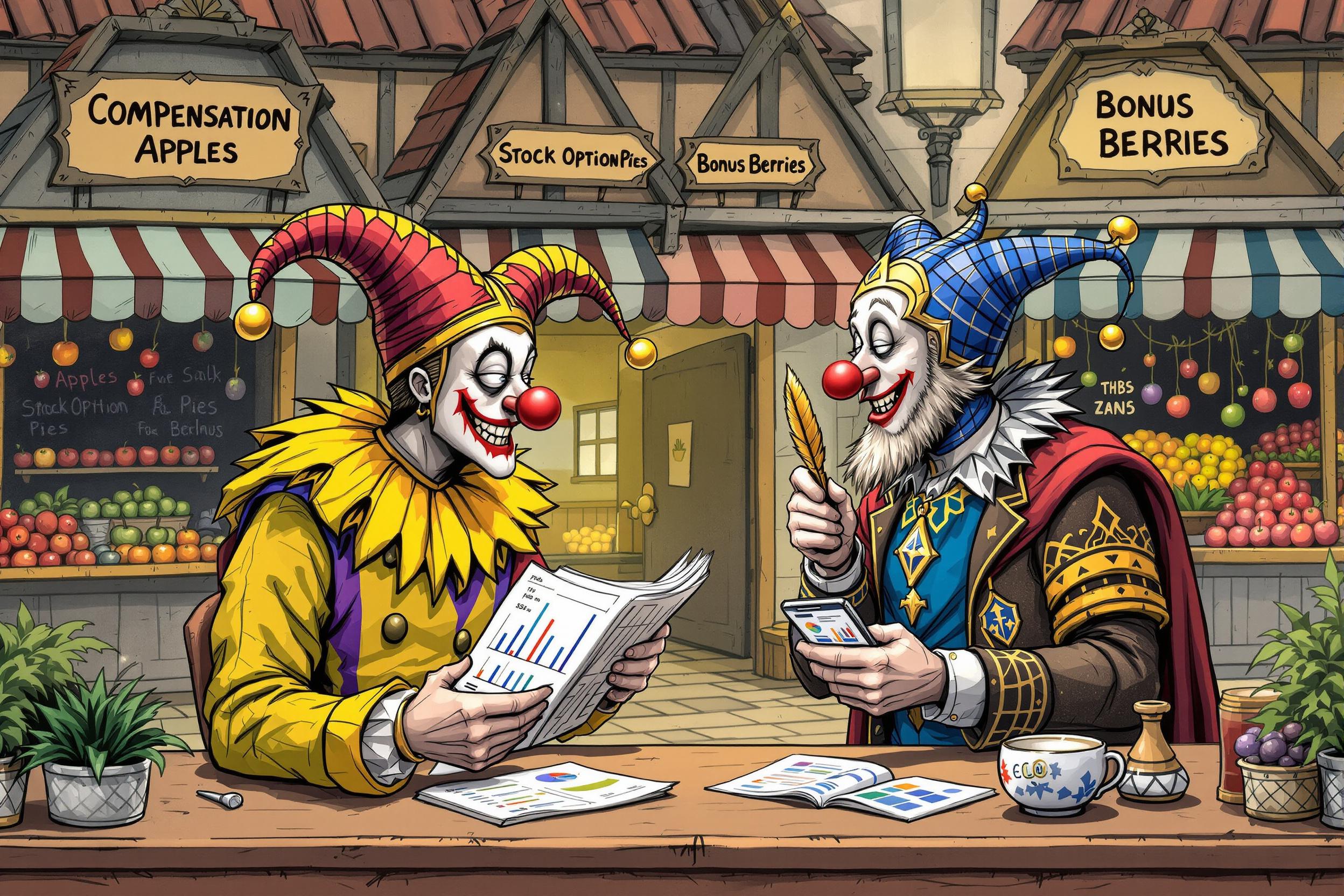
Trade Paper
A Trade Paper or Trade Paperback is a type of book format commonly used in the publishing industry. It's a softcover book that's larger and better quality than a mass-market paperback, but less expensive than a hardcover. When someone mentions this in their resume, they're typically referring to experience working with books intended for general readers through regular bookstores, as opposed to textbooks or specialty publications. Publishers use this format for many popular books, from novels to biographies, after their initial hardcover release or sometimes as the first format of publication.
Examples in Resumes
Managed production schedule for 50+ Trade Paper titles annually
Coordinated pricing strategy for Trade Paperback releases
Supervised transition of bestselling titles from hardcover to Trade Paper format
Typical job title: "Trade Book Editors"
Also try searching for:
Where to Find Trade Book Editors
Professional Associations
Job Boards
Industry Networks
Example Interview Questions
Senior Level Questions
Q: How do you decide whether a book should be published as hardcover first or go straight to trade paper?
Expected Answer: The candidate should discuss market analysis, target audience considerations, production costs, and sales projections. They should mention factors like author platform, genre expectations, and competitive titles' performance.
Q: What strategies have you used to maximize the success of a trade paper launch?
Expected Answer: Look for answers including pricing strategy, marketing plans, timing relative to hardcover release (if applicable), retail placement strategies, and coordination with publicity efforts.
Mid Level Questions
Q: What factors affect the pricing of a trade paperback?
Expected Answer: Should discuss page count, market competition, production costs, target audience, author reputation, and general market conditions in their answer.
Q: How do you coordinate with different departments for a trade paper release?
Expected Answer: Should explain working with editorial, production, marketing, sales, and publicity teams, including timeline management and communication strategies.
Junior Level Questions
Q: What's the difference between a trade paperback and other book formats?
Expected Answer: Should be able to explain basic differences in size, quality, price point, and target market between trade paper, mass market paperbacks, and hardcovers.
Q: What are the typical stages in trade paperback production?
Expected Answer: Should understand basic timeline including manuscript preparation, cover design, printing, distribution, and marketing phases.
Experience Level Indicators
Junior (0-2 years)
- Basic understanding of book formats
- Production timeline tracking
- Manuscript preparation
- Basic market research
Mid (2-5 years)
- Project management
- Price point analysis
- Sales channel coordination
- Marketing strategy implementation
Senior (5+ years)
- Strategic planning for book releases
- Market trend analysis
- Budget management
- Team leadership
Red Flags to Watch For
- No knowledge of different book formats and their market purposes
- Lack of understanding of publishing timelines
- No experience with book retail channels
- Poor grasp of production costs and pricing strategies
Related Terms
Need more hiring wisdom? Check these out...

The Hidden Art of Salary Negotiation: How to Win Hearts Without Going Broke

Stop the Turnover Epidemic: Proven Tactics Every HR Leader Must Know

Cutting HR Costs Without Sacrificing Quality: A How-To for Savvy Executives

